Jordan, a captivating country in the Middle East, offers a blend of ancient history, stunning landscapes, and vibrant culture. Known for its hospitality, it attracts travelers worldwide. From the iconic city of Petra to the breathtaking deserts of Wadi Rum, Jordan is a land of contrasts. Its strategic location bridges Asia, Africa, and Europe, making it a crossroads of civilizations. Rich in history and natural beauty, Jordan promises unforgettable experiences for every visitor.
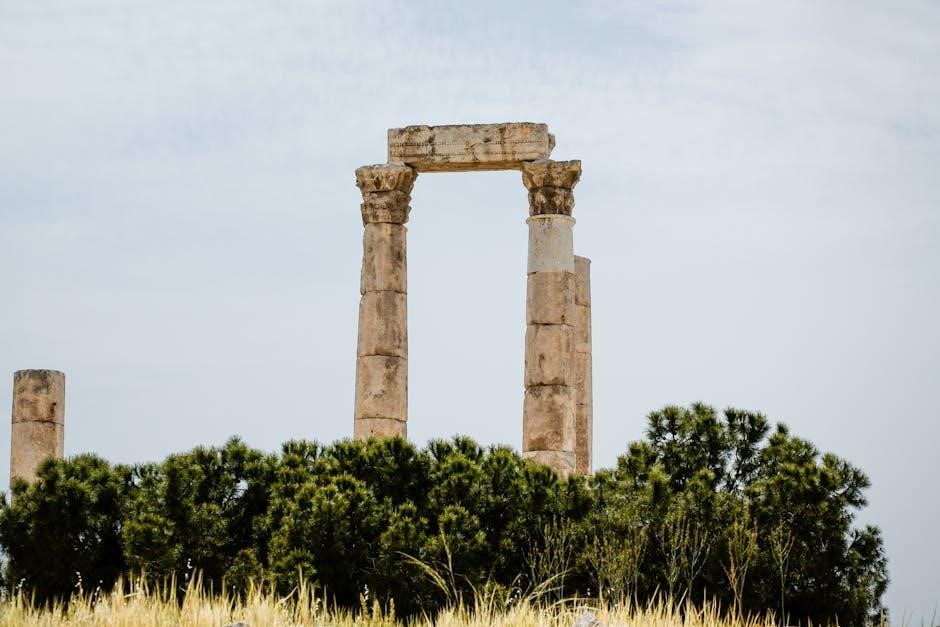
Top Attractions in Jordan
Jordan is a treasure trove of historical and natural wonders, offering a diverse range of experiences that cater to all interests. Visitors can explore ancient ruins, enjoy breathtaking landscapes, and immerse themselves in vibrant culture. Each destination provides a unique perspective on Jordan’s rich heritage and modern charm, ensuring an unforgettable journey for every traveler.
2.1. Petra
Petra, the ancient capital of the Nabataean Kingdom, is one of Jordan’s most iconic and breathtaking attractions. Carved into the sandstone cliffs over 2,000 years ago, this archaeological wonder is a testament to the ingenuity and craftsmanship of the Nabataeans. Known as the “Rose City” due to the vibrant hues of its rock formations, Petra is a UNESCO World Heritage Site and a must-visit destination for any traveler to Jordan.
The site is accessed through the narrow canyon known as the Siq, which serves as a dramatic gateway to the city. As visitors emerge from the Siq, they are greeted by the awe-inspiring Al-Khazneh, or “The Treasury,” an intricately carved facade that has become synonymous with Petra. Beyond this iconic structure lies a vast array of ruins, including amphitheaters, temples, and royal tombs, all showcasing the city’s historical significance.
Exploring Petra requires time and energy, as the site spans over 100 square miles. Visitors can choose to wander on foot, hire a guided tour, or even take a camel ride through the ancient streets. For the more adventurous, hiking to the summit of Al-Deir (The Monastery) offers panoramic views of the surrounding landscape. Petra also hosts the magical “Petra by Night” experience, where the site is illuminated by thousands of candles, creating an enchanting ambiance.
Rich in history and natural beauty, Petra is a destination that captivates the imagination. Its intricate architecture, coupled with its strategic location at the crossroads of ancient trade routes, makes it a fascinating glimpse into the past. Whether you’re a history enthusiast or simply seeking a unique travel experience, Petra promises to leave a lasting impression.
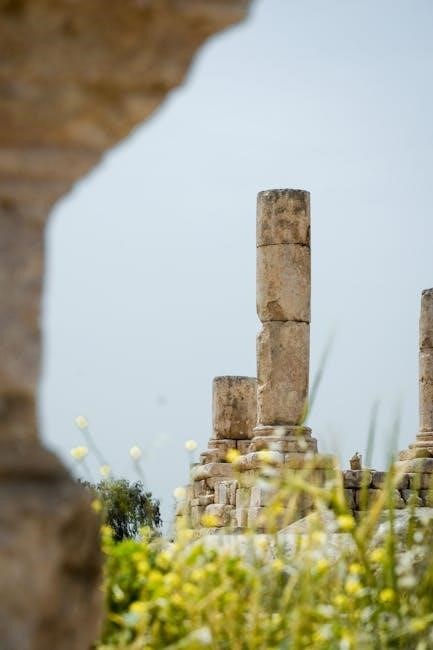
2.2. Wadi Rum
Wadi Rum, often referred to as the “Valley of the Moon,” is a breathtaking desert landscape in southern Jordan. Known for its dramatic sandstone mountains, deep valleys, and vast expanses of sand, it is one of the most iconic natural wonders in the Middle East. This stunning destination has captivated travelers and filmmakers alike, serving as the backdrop for movies like “Lawrence of Arabia” and “The Martian.”
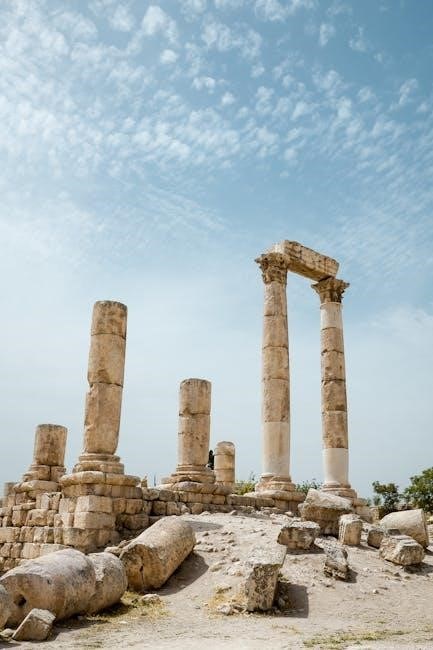
The desert’s unique red sands and towering rock formations create an otherworldly atmosphere, making it a must-visit for any Jordan travel itinerary. Visitors can explore Wadi Rum by jeep, camel, or even on foot, allowing them to immerse themselves in the serene beauty of the desert. For the adventurous, rock climbing and hiking offer thrilling ways to experience the landscape up close.
One of the highlights of Wadi Rum is the opportunity to spend a night under the stars. Bedouin camps dot the desert, providing cozy accommodations and authentic cultural experiences. Guests can enjoy traditional Jordanian meals, such as zarb (a slow-cooked dish served with bread and yogurt), while learning about the history and customs of the Bedouin people.
Wadi Rum is also a haven for nature enthusiasts and photographers. The ever-changing colors of the sand and rock formations, particularly at sunrise and sunset, create a kaleidoscope of hues that are simply mesmerizing. Whether you’re seeking adventure, relaxation, or a deeper connection with nature, Wadi Rum offers an unforgettable experience that leaves a lasting impression on all who visit.
In addition to its natural beauty, Wadi Rum holds historical significance. The area is home to ancient petroglyphs and inscriptions, remnants of civilizations that once flourished here. These artifacts provide a glimpse into the region’s rich past, adding depth to the already enchanting environment.
Overall, Wadi Rum is a true gem of Jordan, offering a unique blend of natural splendor, cultural richness, and adventure. It is an essential destination for anyone exploring this captivating country.
2.3. The Dead Sea
The Dead Sea, one of the most unique natural wonders of the world, is a must-visit destination in Jordan. Located at the lowest point on Earth, over 400 meters below sea level, it is a saline lake bordered by Jordan to the east and Israel to the west. The Dead Sea is renowned for its hyper-saline waters, which have a mineral content of approximately 33.7%, making it one of the saltiest bodies of water on the planet.
The Dead Sea is famous for its buoyant waters, where visitors can effortlessly float on the surface. This phenomenon, caused by the high salt concentration, creates a surreal and relaxing experience. Many travelers flock to the Dead Sea to enjoy this natural wonder, often covering themselves in the mineral-rich black mud, which is believed to have therapeutic benefits for the skin.
Beyond its natural allure, the Dead Sea holds significant historical and cultural importance. It is mentioned in ancient texts, including the Bible, and has been a source of minerals and resources for centuries. The surrounding landscape, with its dramatic cliffs and arid terrain, adds to the region’s breathtaking beauty.
Visitors to the Dead Sea can enjoy a variety of activities, including spa treatments at one of the many resorts along the Jordanian coast. These spas offer a range of services, from mud wraps to massages, leveraging the natural healing properties of the Dead Sea. Additionally, the area is home to several archaeological sites, such as the nearby Mujib Biosphere Reserve and the Baptism Site, where Jesus is said to have been baptized.
For travelers planning a trip to Jordan, the Dead Sea is an unmissable destination. Whether you’re looking to unwind in the therapeutic waters, explore the surrounding landscapes, or experience the rich history of the region, the Dead Sea promises an unforgettable experience. Its unique combination of natural beauty and cultural significance makes it a cornerstone of any Jordan travel guide.
2.4. Amman
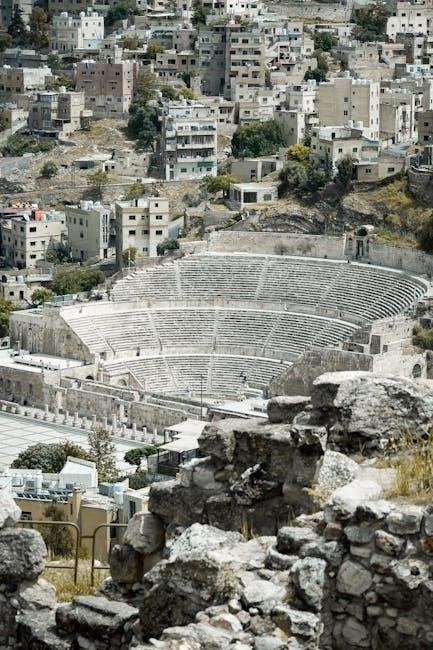
Amman, the capital of Jordan, is a vibrant city that seamlessly blends ancient history with modern urban life. Nestled in the hills of the Transjordan Plateau, Amman is a bustling metropolis that serves as the country’s political, economic, and cultural hub. The city’s rich history dates back to the Bronze Age, with evidence of civilizations such as the Ammonites, Romans, and Ottomans leaving their mark on its landscape.
One of Amman’s most iconic landmarks is the Citadel, a historic site perched atop one of the city’s seven hills. The Citadel offers stunning views of Amman and houses remnants of ancient structures, including the Roman Temple of Hercules and the Umayyad Palace. Another must-visit attraction is the Roman Theatre, a well-preserved 2nd-century amphitheater that once hosted thousands of spectators and now serves as a venue for cultural events.
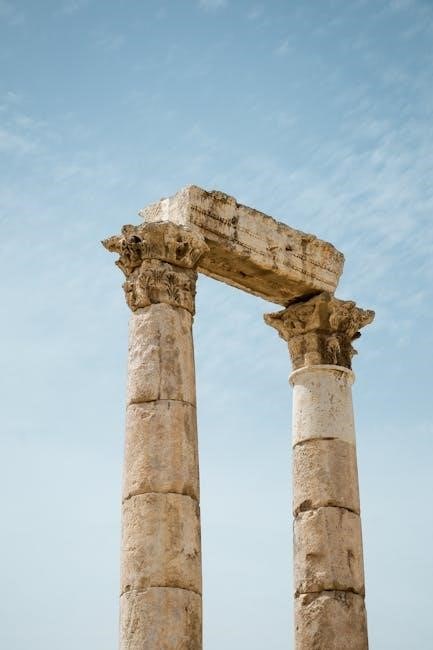
Amman is also known for its lively markets and bazaars, where visitors can immerse themselves in the local culture. The vibrant Souk al-Bukharia, for instance, is a great place to shop for traditional Jordanian handicrafts, spices, and souvenirs. The city’s modern side shines through in its upscale shopping malls, trendy cafes, and world-class restaurants, which cater to a diverse range of tastes and preferences;
For history enthusiasts, the Jordan Museum in Amman is a treasure trove of archaeological artifacts and exhibits that chronicle the country’s past. The museum showcases everything from ancient mosaics to artifacts from the Nabataean civilization, providing a deeper understanding of Jordan’s rich heritage.
Amman’s neighborhoods, such as Jabal Amman, are perfect for a leisurely stroll, with their charming streets, historic villas, and cozy eateries. The city’s nightlife is equally vibrant, with numerous bars, lounges, and rooftops offering panoramic views of the city.
2.5. Jerash
Jerash, often referred to as the “Pompeii of the East,” is one of Jordan’s most impressive and well-preserved archaeological sites. Located about 50 kilometers north of Amman, Jerash is a testament to the region’s rich Roman history. This ancient city is a must-visit for history enthusiasts and travelers alike, offering a glimpse into a bygone era of grandeur and cultural prosperity.
Founded by Alexander the Great in the 4th century BCE, Jerash flourished under Roman rule in the 1st century CE, becoming a major city in the Roman Empire. The city’s strategic location along trade routes contributed to its wealth and significance. Today, Jerash boasts some of the best-preserved Roman ruins in the Middle East, with iconic landmarks such as Hadrian’s Arch, the Hippodrome, and the Forum.
One of the highlights of Jerash is the Oval Plaza, surrounded by 56 Ionic columns, creating a breathtaking sight. The Temple of Artemis, dedicated to the Roman goddess of the hunt, stands as a symbol of the city’s spiritual and cultural heritage. Visitors can also explore the impressive Roman Amphitheater, which still hosts cultural events and performances, bringing the ancient site to life.
Jerash is not just about history; it also offers a vibrant atmosphere, especially during the annual Jerash Festival. This festival celebrates Arab and international culture, featuring music, dance, and art performances held among the ancient ruins. It’s a unique opportunity to experience the city’s timeless charm.
Walking through Jerash’s colonnaded streets, visitors can almost hear the echoes of the past. The site is remarkably intact, with intricate mosaics, public baths, and markets still visible. The combination of history, architecture, and natural beauty makes Jerash a unforgettable destination in Jordan.
2;6. Aqaba
Aqaba, Jordan’s only port city on the Red Sea, is a vibrant destination that seamlessly blends history, natural beauty, and modern luxury. Known for its stunning beaches, crystal-clear waters, and vibrant coral reefs, Aqaba is a paradise for snorkeling, diving, and water sports enthusiasts. The city’s strategic location has made it a hub for trade and tourism, attracting visitors from around the world.
Aqaba’s history dates back thousands of years, with evidence of human settlement from the Neolithic period. The city played a significant role during the Islamic conquests and later became a key port for the Ottoman Empire. Today, visitors can explore the Aqaba Fort, a 16th-century Mamluk-era fortress that offers insights into the region’s rich history. The nearby Aqaba Archaeological Museum houses artifacts that showcase the city’s diverse cultural influences.
One of Aqaba’s main attractions is its access to the Red Sea, where divers and snorkelers can explore the vibrant coral reefs and marine life. The coral gardens near the shore are perfect for beginners, while more experienced divers can venture to deeper sites like the Cedar Pride shipwreck. For those seeking relaxation, Aqaba’s beaches offer a serene environment to unwind and enjoy the sun.
Beyond its natural beauty, Aqaba is also a center for modern amenities. The city boasts luxury hotels, upscale restaurants, and a lively nightlife, making it a great base for exploring nearby attractions like Wadi Rum and Petra. The Aqaba Traditional Arts Festival, held annually in February, celebrates Bedouin traditions with music, dance, and local crafts, offering visitors a unique cultural experience.
2.7. Madaba
Madaba, often referred to as the “City of Mosaics,” is a treasured destination in Jordan that offers a unique blend of history, religion, and art. Located just 30 kilometers southwest of Amman, Madaba has been a significant cultural and religious center for centuries. The city is renowned for its exquisite Byzantine mosaics, which have been preserved remarkably well and are now a major draw for visitors worldwide.
One of Madaba’s most famous attractions is the Madaba Archaeological Park, which houses the iconic Madaba Map. This 6th-century mosaic is the oldest known cartographic representation of the Holy Land and provides invaluable insights into the region’s history and geography. The park also features other impressive mosaics, including those depicting biblical scenes and mythological figures, showcasing the artistry of the Byzantine era.
Madaba’s religious significance is further highlighted by its role as a major pilgrimage site for Christians. The city is home to several ancient churches, including the Greek Orthodox Church of St. George, where the Madaba Map is located. Visitors can also explore the Catholic Church of the Beheading of St. John the Baptist, which boasts stunning mosaics and a peaceful atmosphere.
Beyond its historical and religious treasures, Madaba is surrounded by natural beauty. The nearby Mount Nebo, a sacred site where Moses is believed to have seen the Promised Land, offers breathtaking views of the Dead Sea and the Jordan Valley. The area is also known for its vibrant local crafts, with many workshops where artisans create beautiful mosaics using traditional techniques.
Madaba’s charm lies in its ability to combine ancient history with modern-day charm. The city’s friendly locals, traditional cafes, and bustling markets provide a welcoming atmosphere for travelers. Whether you’re exploring its mosaic-lined churches, hiking through the surrounding hills, or simply soaking in the local culture, Madaba is a must-visit destination in Jordan.
2.8. Dana and Feynan
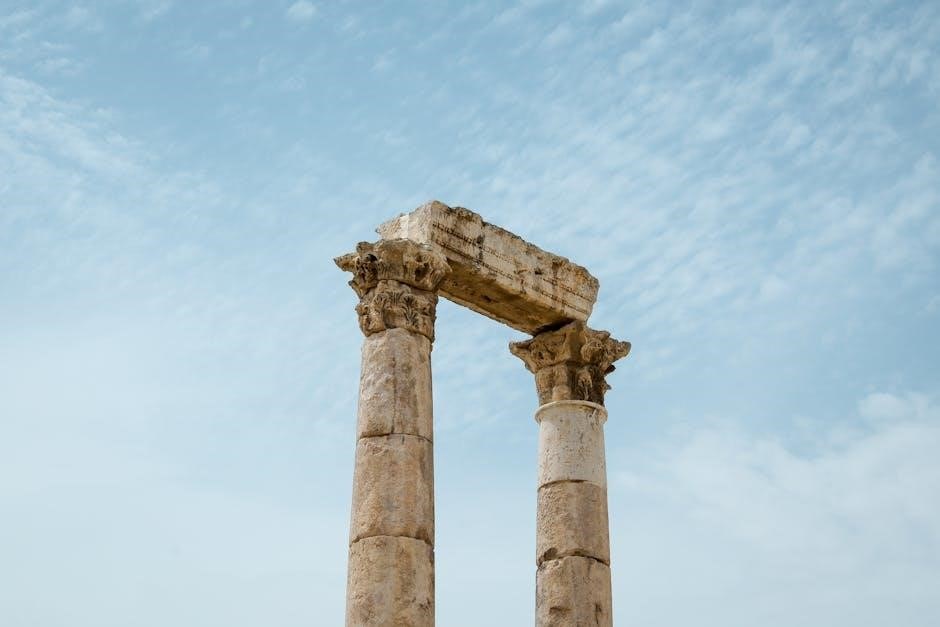
Dana and Feynan, located in southern Jordan, are two of the country’s most unique and captivating destinations. Known for their natural beauty, historical significance, and commitment to sustainable tourism, these areas offer visitors an unforgettable experience. Dana, a picturesque village, is nestled in the Dana Biosphere Reserve, one of Jordan’s largest and most biodiverse nature reserves. The reserve is home to a wide variety of flora and fauna, including endangered species, and provides a serene escape from the hustle and bustle of city life.
Feynan, on the other hand, is a small village renowned for its eco-friendly initiatives and rich history. It is home to the Feynan Eco-Lodge, a world-class example of sustainable tourism. The lodge is powered entirely by solar energy and offers a chance to immerse oneself in nature while supporting local communities. Visitors can explore the surrounding landscape, which features dramatic canyons, ancient copper mines, and scenic hiking trails.
One of the highlights of visiting Dana and Feynan is the opportunity to engage with local cultures. The area is home to the Ata’ta tribe, whose traditions and hospitality offer a glimpse into Jordan’s rich Bedouin heritage. Guests can enjoy traditional meals, listen to local music, and learn about the history of the region. Additionally, the clear skies of Feynan make it a paradise for stargazing, with guided sessions often available to help visitors explore the night sky.
For adventure seekers, Dana and Feynan provide plenty of opportunities for exploration. Hiking through the Dana Biosphere Reserve allows visitors to discover hidden springs, ancient ruins, and stunning vistas. The Feynan region is also ideal for guided hikes and visits to historical sites, such as the ancient copper mines that date back thousands of years.
2.9. Ajloun
Ajloun, a charming town in northern Jordan, is renowned for its stunning natural beauty and historical significance. Nestled in the Ajloun Mountains, the area is a haven for nature lovers and history enthusiasts alike. One of its most iconic landmarks is Ajloun Castle, a 12th-century fortress built by the Ayyubids to defend against Crusader invasions. Perched atop a hill, the castle offers panoramic views of the surrounding valleys and is a testament to Jordan’s rich Islamic history.
Beyond the castle, Ajloun is celebrated for its lush forests and vibrant wildflowers, creating a picturesque landscape that attracts hikers and explorers. The Ajloun Forest Reserve, managed by the Royal Society for the Conservation of Nature, provides well-marked trails for hiking and biking. Visitors can wander through the dense woodlands of evergreen oak, pistachio, and pine trees, enjoying the cool, refreshing air and the sounds of nature.
The area is also home to the Mar Elias Church, a historic site believed to be the birthplace of the Prophet Elijah. This sacred location draws pilgrims and tourists seeking spiritual enrichment. Additionally, Ajloun’s local communities offer a warm welcome, with traditional hospitality and homemade products such as olive oil, honey, and handmade crafts available for visitors to experience.
Ajloun’s unique blend of history, culture, and natural beauty makes it a must-visit destination in Jordan. Whether you’re exploring ancient ruins, hiking through forests, or immersing yourself in local traditions, Ajloun promises an enriching and unforgettable experience. Its serene atmosphere and breathtaking vistas provide a perfect escape from the bustling cities, allowing visitors to connect with Jordan’s natural and cultural heritage.
2.10. Karak
Karak, a historic city in southern Jordan, is best known for its impressive Crusader-era castle, which stands as one of the region’s most significant architectural landmarks. Perched atop a hill, Karak Castle offers stunning views of the surrounding valleys and the Dead Sea. Built in the 12th century by Baldwin I of Jerusalem, the castle served as a strategic fortress to control trade routes between the East and the Mediterranean.
The castle’s design reflects a blend of Crusader, Islamic, and Byzantine influences, with thick stone walls, towers, and a complex network of tunnels and chambers. Visitors can explore the grand halls, chapels, and even the dungeons, gaining insight into the region’s turbulent history. The site also houses a museum showcasing artifacts from various periods, including Roman and Islamic eras.
Beyond the castle, Karak town is a charming destination with a rich cultural heritage. The local community is known for its warm hospitality, and visitors can experience traditional Jordanian cuisine, such as mansaf and kunafa, at family-run restaurants. The town’s bustling markets offer a variety of local products, including handmade crafts, olive oil, and spices.
Nature enthusiasts will appreciate Karak’s picturesque surroundings, with opportunities for hiking and exploring the rolling hills and olive groves. The nearby Dead Sea and Mujib Biosphere Reserve are also within easy reach, making Karak a great base for exploring southern Jordan’s natural wonders. Whether you’re a history buff, a food lover, or an adventure seeker, Karak offers a unique and memorable experience.
- Karak Castle is a must-visit for history enthusiasts.
- Enjoy traditional Jordanian dishes in local eateries.
- Explore the scenic countryside and nearby natural attractions.
Karak’s blend of history, culture, and natural beauty makes it a standout destination in Jordan, offering something for everyone to enjoy.